Botanical Illustration: Tips on leaf shapes

Although you can always draw the leaf shapes that you see, and get lovely results; sometimes a bit of background botany can prove invaluable when undertaking a scientific illustration of a plant.
Leaf shape: Monocot or Dicot?
One of the main aspects to consider is the leaf of the plant. The first thing to do is to figure out if you’re drawing a dicot or a monocot. Monocots include grasses, palms, and orchids and have leaves with parallel veins (amongst other characteristics).
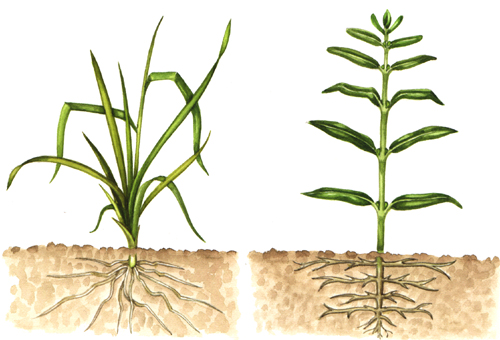
Monocot Dicot
Leaf shape: Opposite or alternate?
The next thing to observe is whether your plant has leaves opposite one another, or spaced alternately up a stem . Getting this right will really make an illustration look convincing; if you get it wrong it often lets the whole image down.
Decide what shape your leaf is
Now you need to decide on the shape of your plant’s leaf, and simultaneously look at a dictionary of botanical terms of leaf shapes. The easiest way to keep your nerve is to consult a picture guide (there are lots of variations of these online).
I’ve chosen a few of the commonest leaf shapes, and hope that you can see the similarity between the line diagrams which I did for Wild Flowers of Britain and Ireland by Spencer-Jones and Cutter, and some of my finished illustrations.
Leaf shapes: Linear
These are long and very narrow leaves.

The upper leaves of a cornflower have linear leaves.
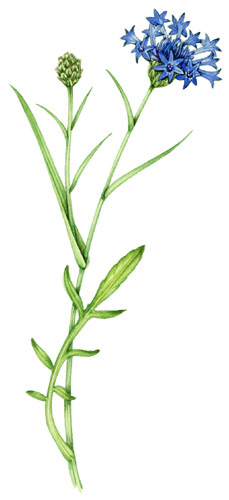
Cornflowers also show that you have to be careful to look at a whole plant; often leaves at the top of a stem will be a completely different shape to those at the bottom.
Leaf shapes: Ovate
These leaves are roughly egg-shaped
They are wider at the base (there’s not a diagram for this one though). Lots of plants carry this shape of leaf, including the beech.
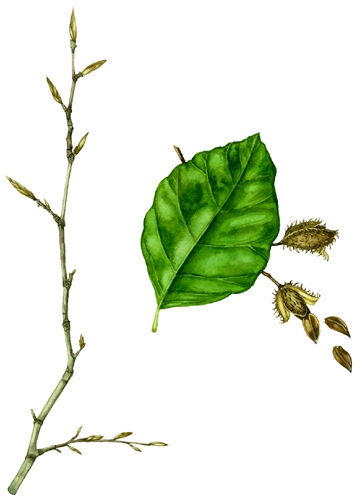
Leaf shape: Pinnate
Leaves made of two rows of leaflets

The ash, and the scabious are odd pinnate since they only have one leaf at the tip; if they had a pair at the tip they’d be even pinnate.

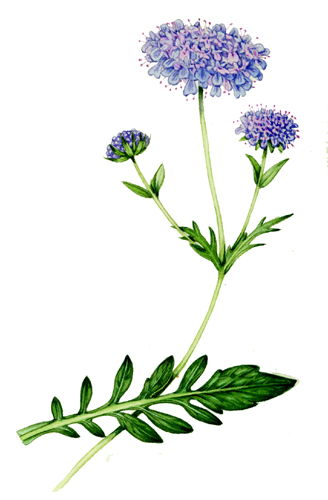
Leaf shape: Palmate
A leaf shaped like a hand with fingers
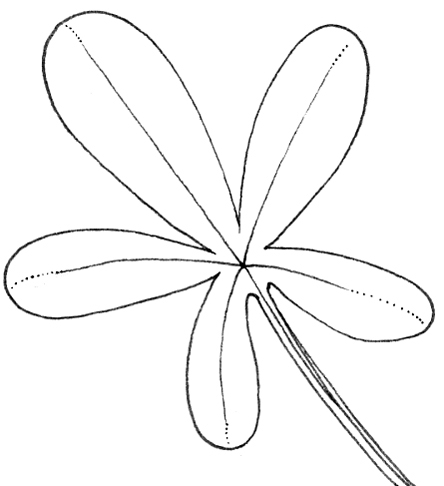
The most obvious example is the horse chestnut or conker tree.
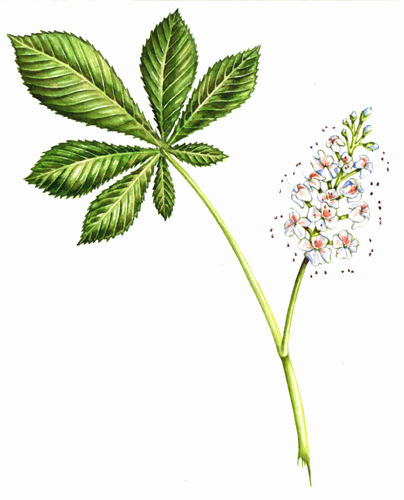
Leaf shape: Lobed
Lobed leaves have deeply indented margins.
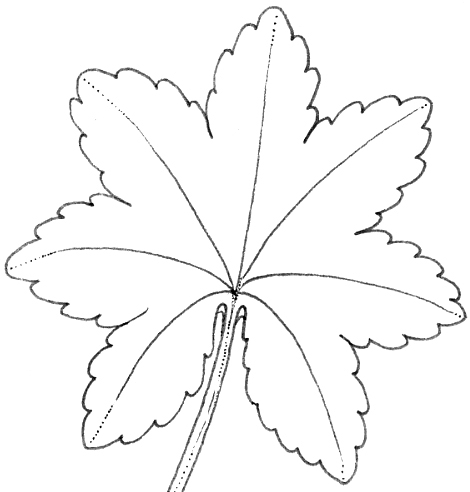
A common example is an oak leaf, or an ivy.
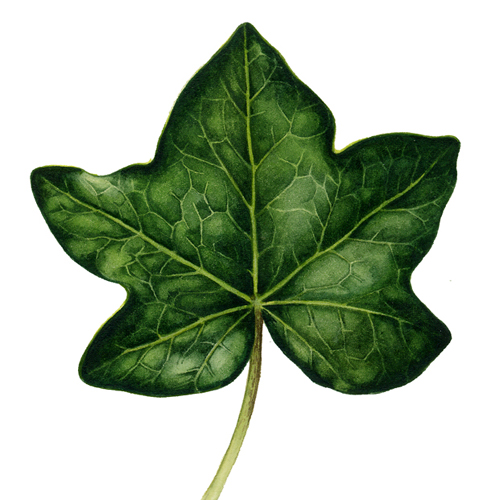

There are many, many other common leaf shapes; and it may well be worth printing off one of the leaf shape worksheets mentioned earlier and refer to it when drawing plants. This will help you be certain about your specimen’s shape, and also familiarise you with the terms which litter flower guides liberally.
Leaf shape: Margins and veins
Two other features to think about before beginning your leaf illustration are what the edge or margin of the leaf is doing (smooth? Toothed?); and what shape the network of veins make on the leaf.
Despite seeming like an enormous amount of things to consider before putting pencil to paper, it does help a drawing to give a quick thought to these matters. However, if it all seems rather dry and over-whelming; the best advice is to observe really carefully and draw what you see! Happy leaf illustrating, and many thanks to Debbie Crawford for suggesting this blog topic.

